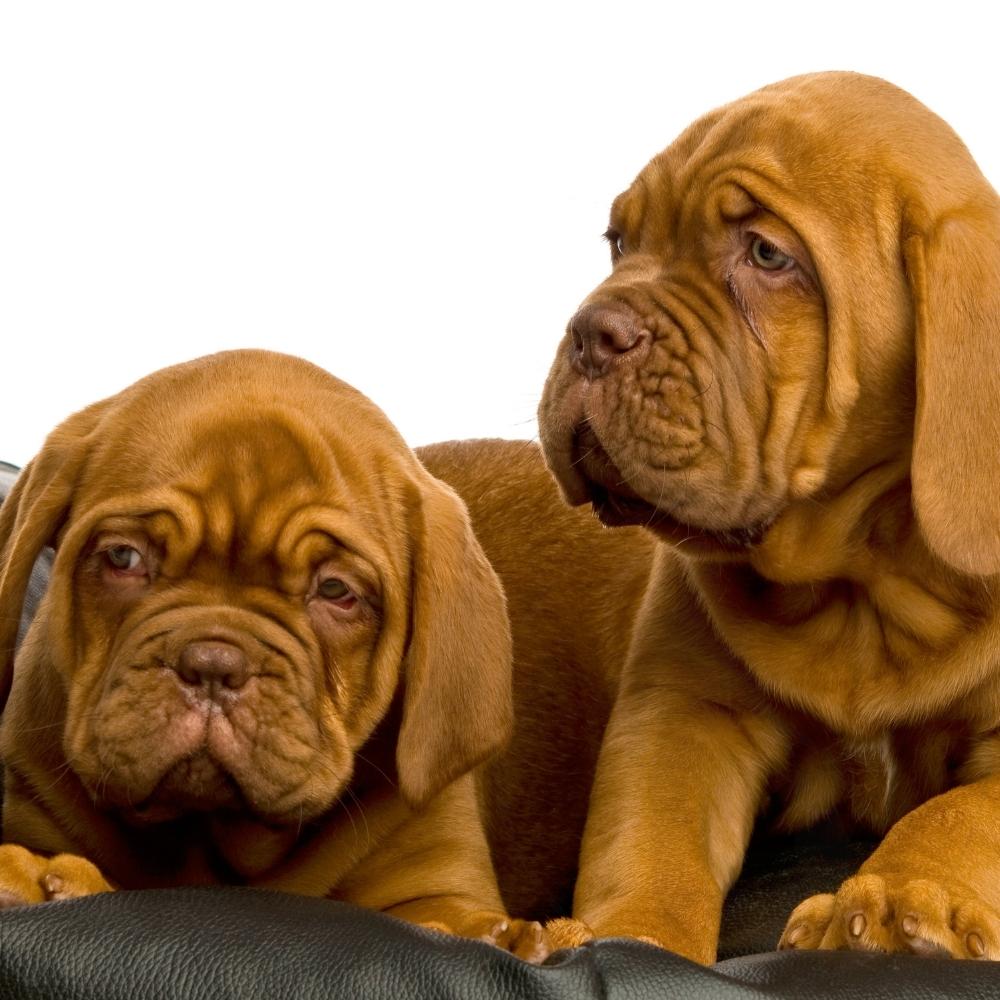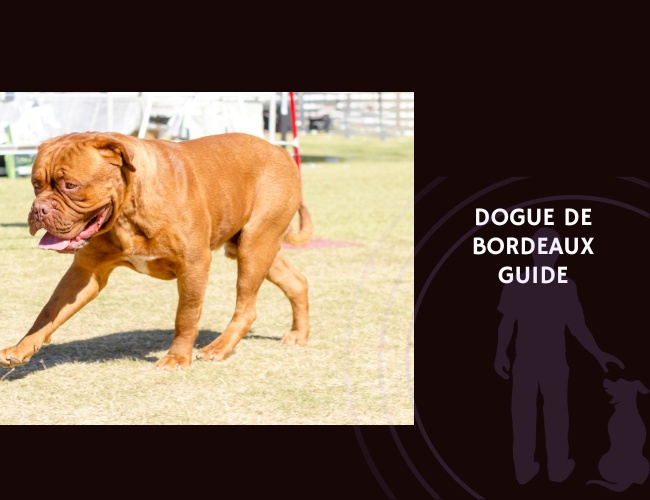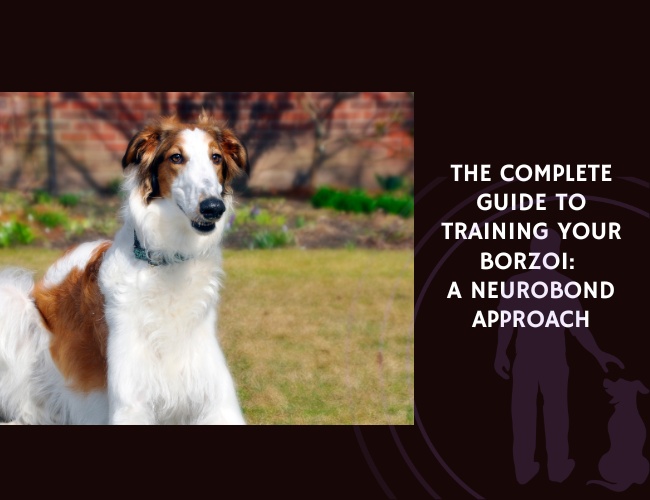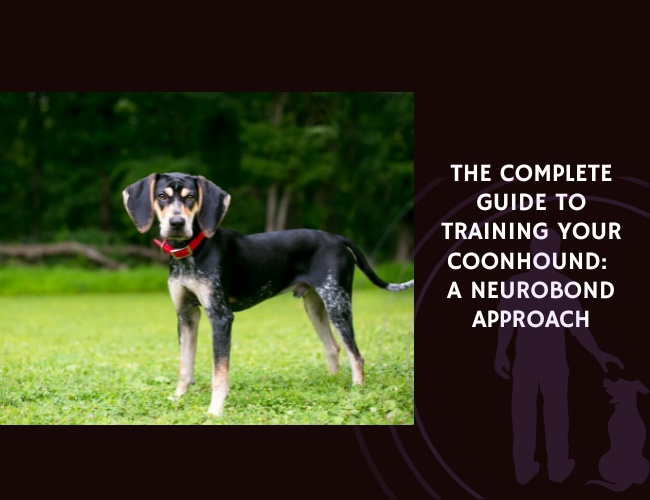Quick Facts about the Dogue de Bordeaux
- Origin: France
- Weight: 50–68 kg (male), 45–50 kg (female)
- Life expectancy: 5–8 years
- Coat Colour: Various shades of fawn (often with black or red mask)
- Breed Group: Working / Mastiff-type
The Dogue de Bordeaux, or French Mastiff, is a powerful, deeply loyal guardian with a striking wrinkled face and immense devotion to its family. Calm at home but fearless when needed, this ancient breed carries quiet strength and emotional depth.
Dogue de Bordeaux History
The Dogue de Bordeaux is one of the oldest French dog breeds, dating back to at least the 14th century. It was used for guarding estates, pulling carts, and even big-game hunting. Its powerful build and courage made it a favourite among French butchers, nobles, and later, urban families seeking a deterrent.
The breed faced extinction after both World Wars but was revived through dedicated breeding. Today, it is best known for its appearance in films like Turner & Hooch and as a gentle protector in experienced hands.

Dogue de Bordeaux Temperament
Despite its intimidating size and expression, the Dogue de Bordeaux is affectionate, sensitive, and often described as a “velvet tank.” It forms deep bonds with its family and is especially gentle with children it knows.
This breed is naturally wary of strangers and protective by instinct. Early socialisation and firm but loving training are essential to channel its strong will into calm confidence.
Note: The Dogue is not for beginners. It requires clear leadership, daily structure, and firm emotional stability from its owner.
Health and wellness
Due to its massive head and loose skin, the Dogue is prone to drooling and facial fold infections if not kept clean. Daily exercise is important—but not overexertion, especially during growth phases.
This breed matures slowly and has one of the shortest life expectancies among large breeds. Joint support, heart health, and weight management are critical from an early age.
Significant problems:
Brachycephalic syndrome (short-muzzle breathing issues)
Hip and elbow dysplasia
Heart conditions (especially dilated cardiomyopathy)
Skin fold infections
Cancer (notably lymphoma and mast cell tumours)
Life expectancy: 5–8 years
Health and wellness
Due to its massive head and loose skin, the Dogue is prone to drooling and facial fold infections if not kept clean. Daily exercise is important—but not overexertion, especially during growth phases.
This breed matures slowly and has one of the shortest life expectancies among large breeds. Joint support, heart health, and weight management are critical from an early age.
Significant problems:
Brachycephalic syndrome (short-muzzle breathing issues)
Hip and elbow dysplasia
Heart conditions (especially dilated cardiomyopathy)
Skin fold infections
Cancer (notably lymphoma and mast cell tumours)
Life expectancy: 5–8 years

The Complete Guide to Dogue de Bordeaux
🔍 Looking to go deeper into dog training?
Use these categories to explore targeted guides and articles on canine behavior, nutrition, obedience, entertainment, and more.









